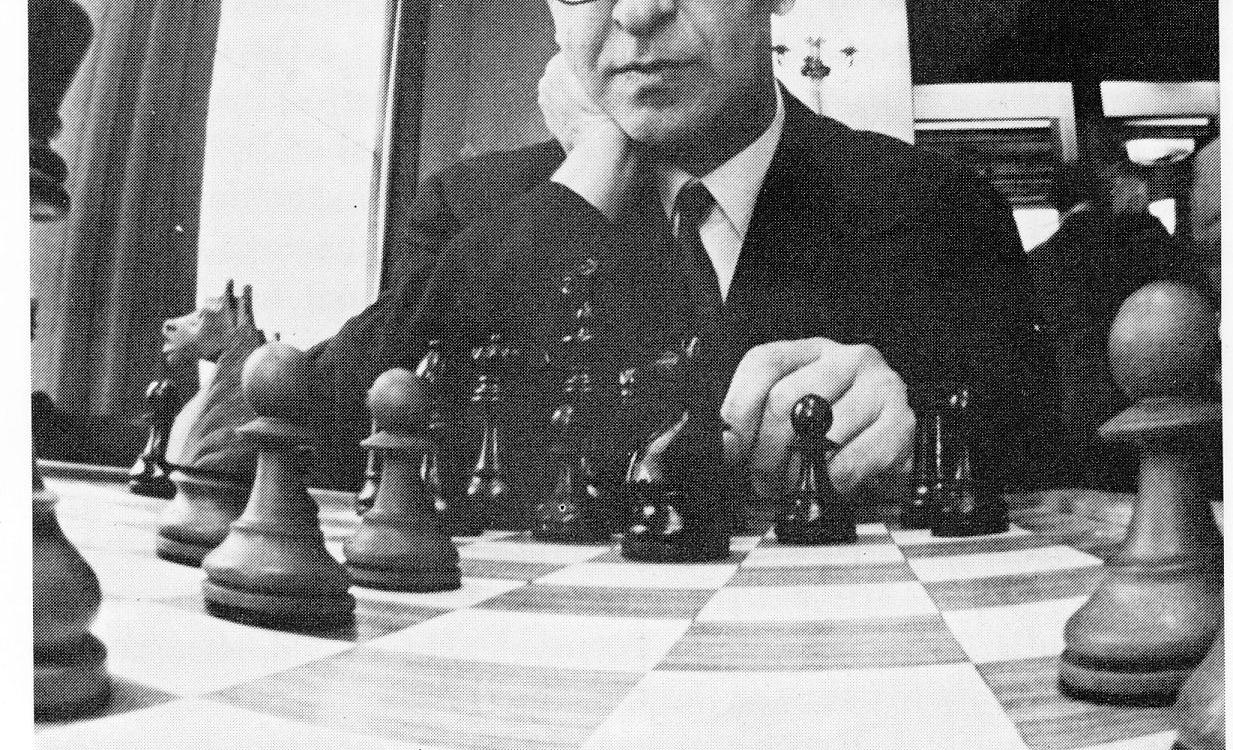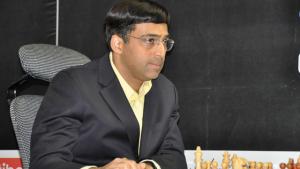
Vasily Smyslov And The Closed Sicilian
Although Vasily Smyslov was only the world champion for one year, he is nevertheless remembered as among the greatest players ever, and his matches with Mikhail Botvinnik dominated chess in the 1950s.
All in all, they played three matches, with Smyslov winning one more game than Botvinnik; nevertheless due to the champion's automatic rematch clause and the distribution of Smyslov's wins, Botvinnik regained the championship.
Smyslov's style of play was highly cultured and universal. He preferred to slowly build up an attack on positional grounds rather than engage in speculative tactics. He played the board rather than the opponent, and sought to utilize the smallest tactical and positional details of the position, while maintaining the utmost objectivity.
Smyslov's opening repertoire was very wide -- as White he played both closed openings with 1.d4, 1.Nf3, or 1.c4; as well as playing 1.e4. As black he played a huge variety of defenses. But like every master, he had his favorite weapons.
One of these was the Closed Sicilian.
With its slow-growing attack and subtle play throughout the board, the Closed Sicilian was a natural fit for Smyslov. Of course, he also played the Open Sicilian, but used the Closed many times throughout his career.

The Closed Sicilian has never been particularly popular, and nowadays is rarely seen at the top level. It has always been fairly popular, however, at a lower level.
Players intimidated by the amount of theory in the main lines of the Sicilian may turn to it, since in the Closed Sicilian the play is governed by general plans and concepts. Although top players do not see it as a serious threat to the Sicilian, it has its specific poison -- White's position is very safe, with concrete play for Black hard to find; meanwhile, it is easy for Black to fall victim to a slow encroachment.
Besides Smyslov, another world champion frequently used the Closed Sicilian: Boris Spassky. Both of these players are considered to have highly "universal" styles.

Smyslov produced a very smooth and instructive positional game against Arnold Denker in one of their games from the 1946 match between the U.S. and the U.S.S.R. The year before the Soviets -- who had not been competing internationally since the creation of the U.S.S.R. -- burst on the scene by winning a radio match against the U.S. by the score of 15½-4½.
This was a surprising result, since the U.S. had won the Olympiads throughout the 1930s, and marked a shift in the chess world. The 1946 rematch was held not over the radio waves but rather in Moscow. This time the U.S. team did rather better, but still lost by 12½-7½. Smyslov did his part by winning both games against Denker.
In the 1951 Soviet championship, Smyslov's game with David Bronstein developed in a very unusual way. White's regressive maneuvers soon tempted Bronstein to make a sacrifice of a piece for three pawns. After further adventures, the material balance became stranger: three minor pieces against a rook and four pawns. However, White was then completely winning and in Smyslov's hands the pieces coordinated very smoothly.
Smyslov, like Viktor Korchnoi later, was able to maintain his chess strength to an uncommonly old age. Even at the age of 62 he reached the semi-finals of the world championship, finally losing to the 21-year-old Garry Kasparov, who thus challenged Anatoly Karpov.
The following game was played when Smyslov was already 55, against Oleg Romanishin, then one of the top young players in the world. Again the black pieces lunged forward, again Smsylov retreated, but then the black pieces were chased back while White slowly prepared a deadly attack.



